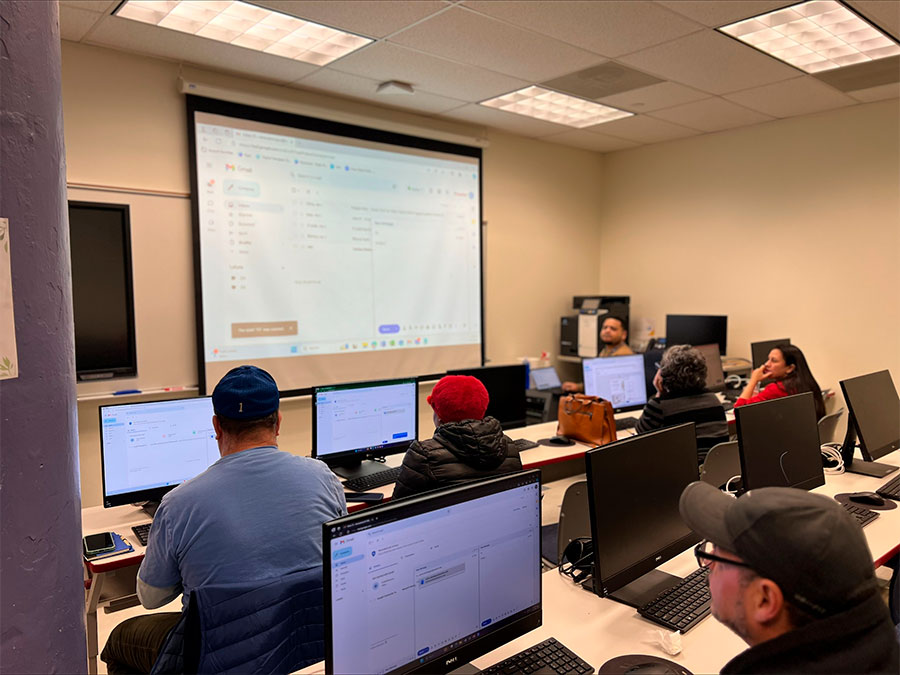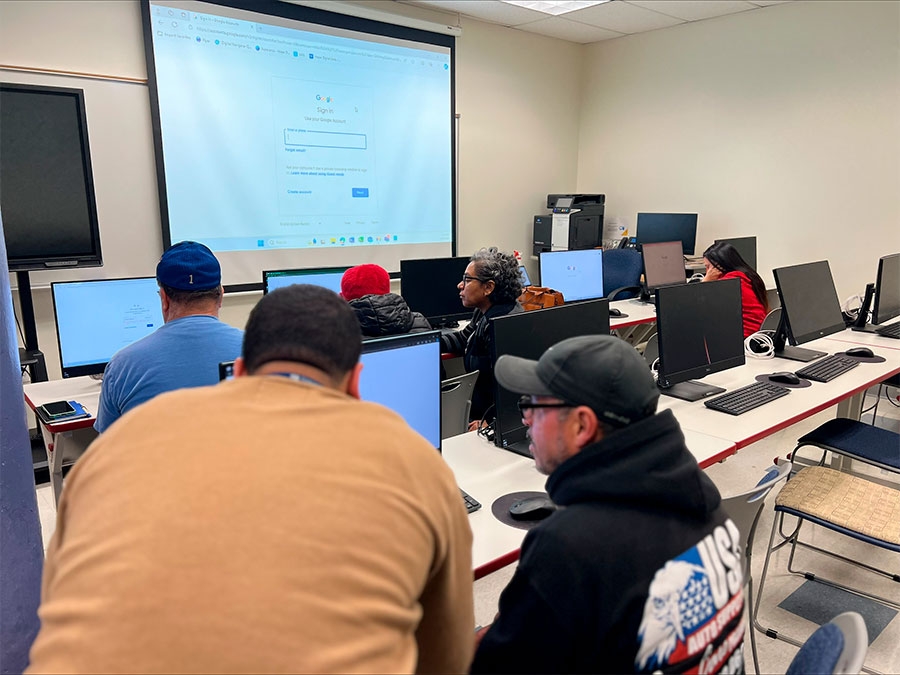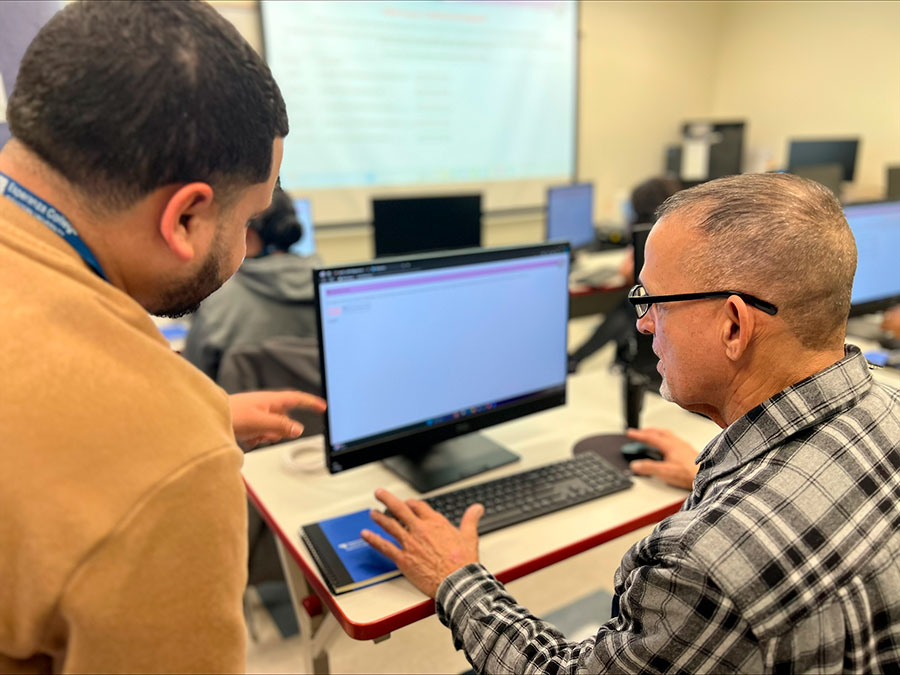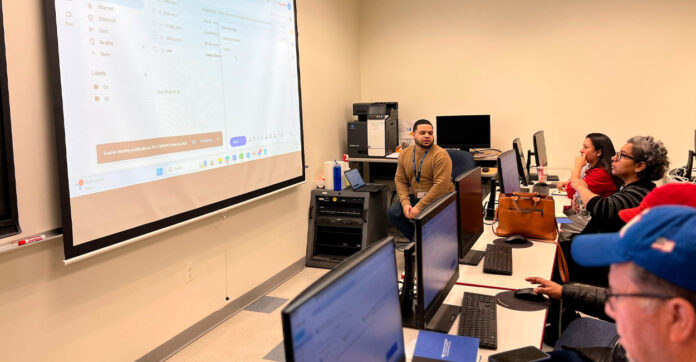Access to the internet unlocks a world of opportunities, both for work and personal life. However, this access isn’t free. Computers are expensive, and monthly internet bills can add up quickly. This creates a growing gap between those who can afford these costs and those who cannot. This difference in opportunity is known as the «digital divide.»
The National Digital Inclusion Alliance, an organization dedicated to improving access to technology and the internet, formally defines the digital divide as «the gap between those who have affordable access, skills, and support to effectively engage online and those who do not.»
Without a device (smartphone or computer), an internet connection, and the skills to use them effectively, it’s significantly harder to participate in everyday activities like applying for jobs, staying informed, communicating with others, or even accessing healthcare. This gap is even wider for people of color, individuals with disabilities and low-income residents.

So, what does the digital divide look like in our own neighborhood? To understand this better, Esperanza conducted a phone survey at the end of last year. A total of 694 individuals participated and answered a range of questions related to the digital divide.

Starting with internet access, the survey found that 85% of respondents have reliable connections at home. However, nearly 20% reported their internet speeds are not fast enough for their needs.
Additionally, internet access varies by zip code: 100% of respondents from zip codes 19121 and 19120 have internet at home, compared to 81% in 19133 and 85% in 19140. For the roughly 15% who lack a home internet connection, cost is the primary barrier.
There are other factors contributing to the digital divide. People who lack home internet access might rely on their phone’s data plan to connect. Yet, for those who don’t use their smartphone for internet, the survey indicates they access it at a relative’s house or through public Wi-Fi hotspots.

The most significant digital divide gap in North Philadelphia concerns computer ownership. Over 50% of respondents reported not having a computer at home. This lack of access can be attributed to factors like cost or limited computer skills. Interestingly, 45% of respondents share a computer with family members. Similar to internet access, computer ownership also varies by zip code. In 19140, 47% have a computer at home, compared to 38% in 19133 and 57% in 19124.
Further information regarding the digital divide can be found at www.digitalinclusion.org/definitions.







